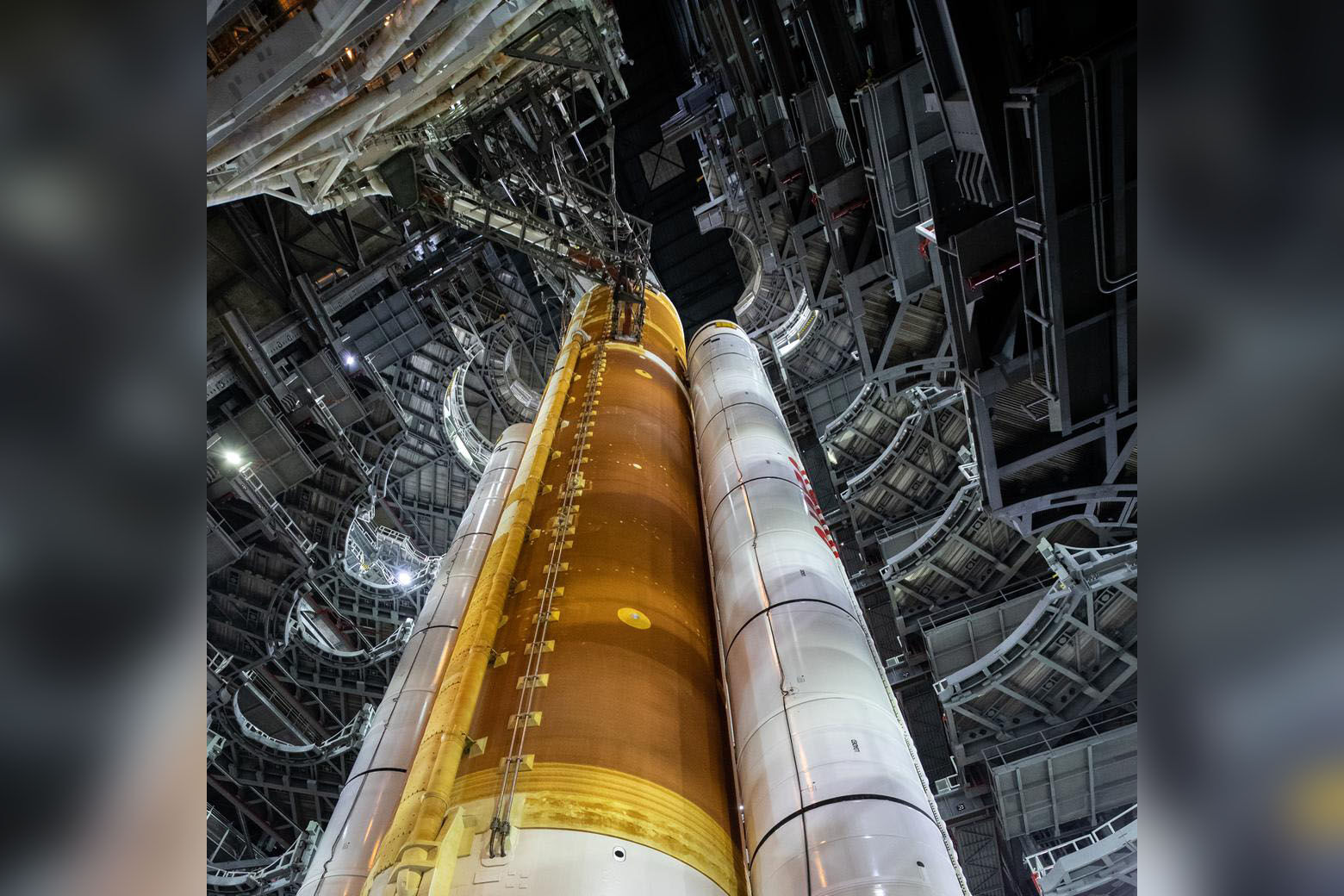
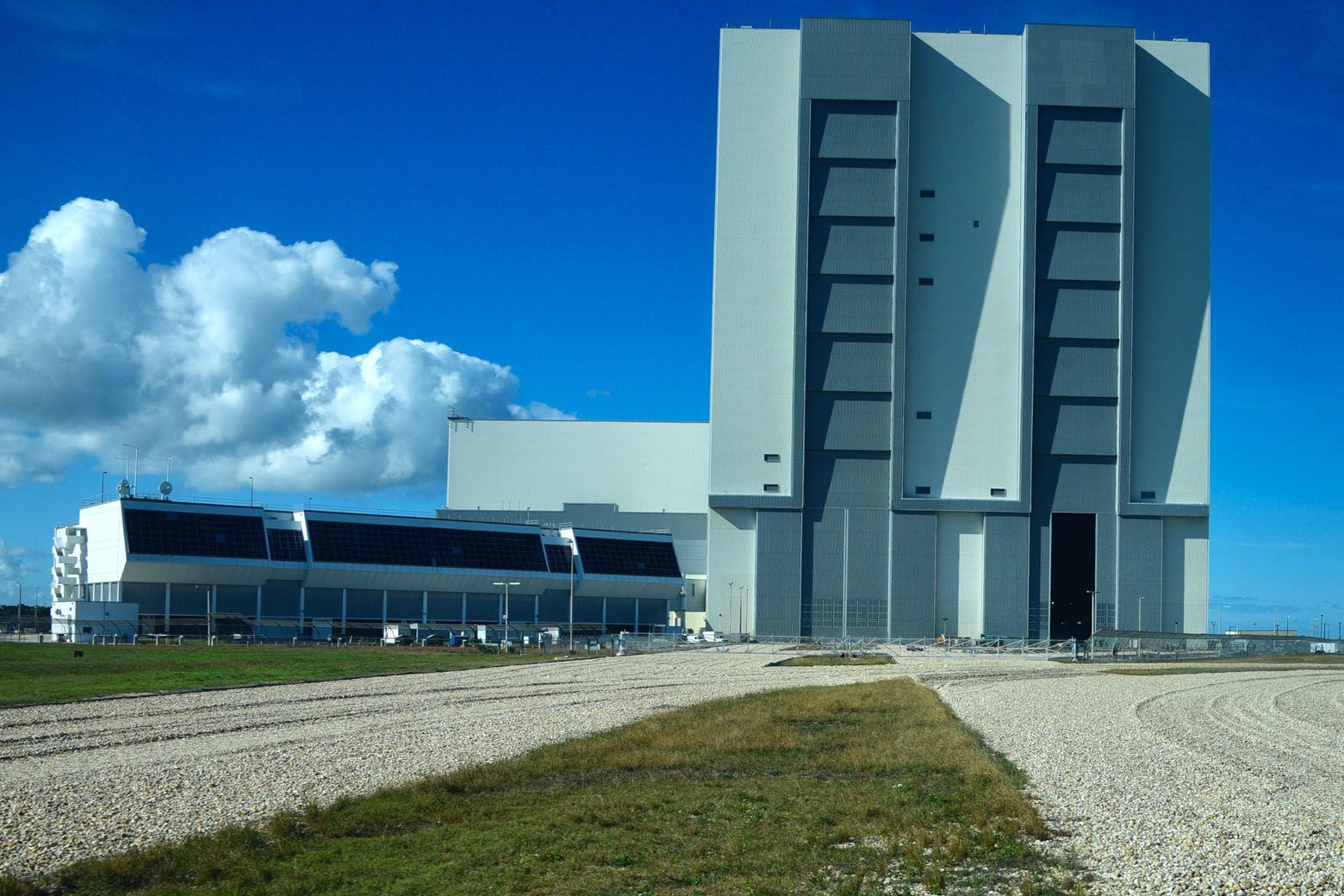
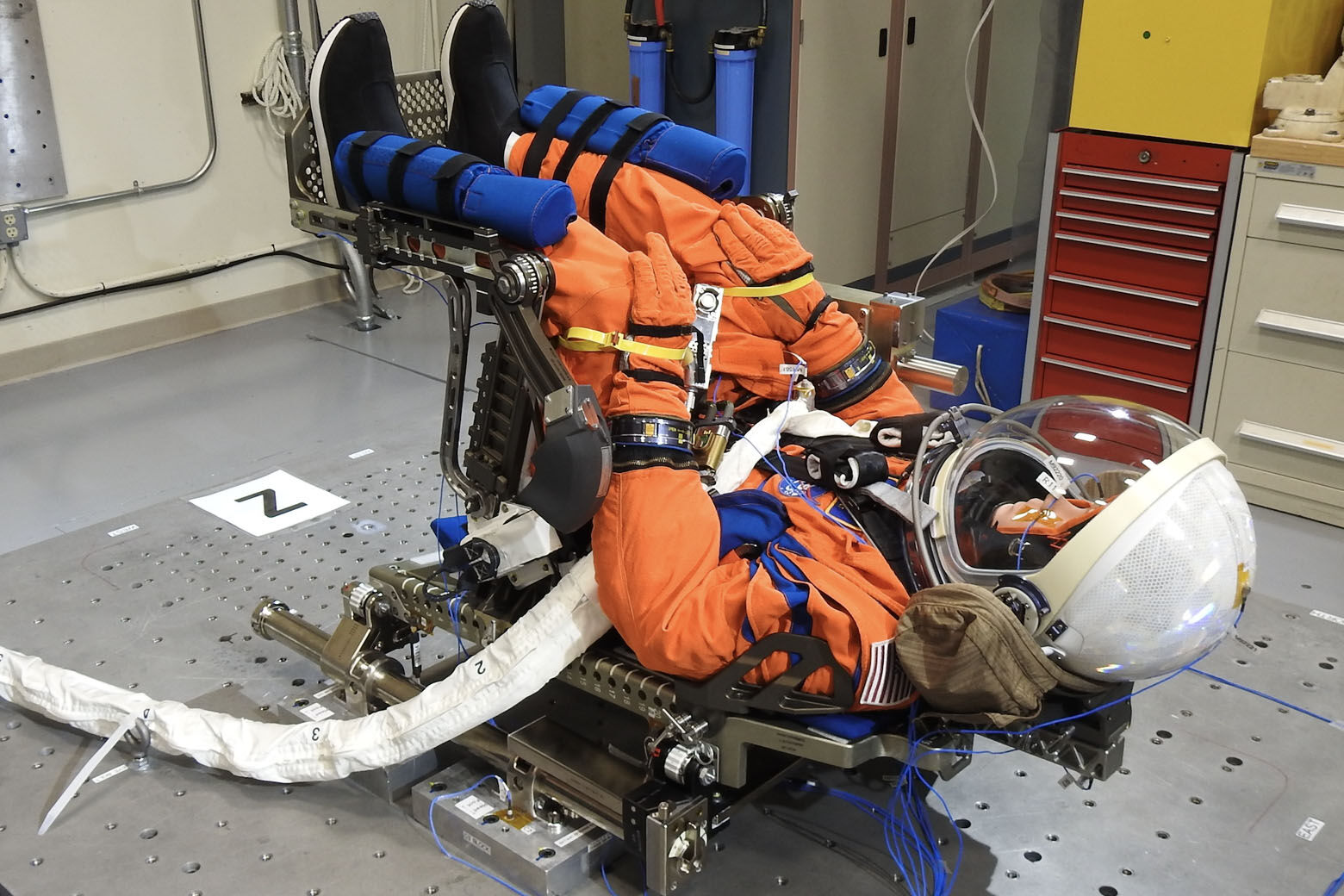
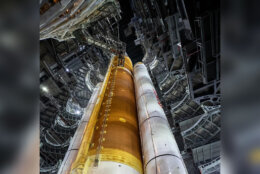

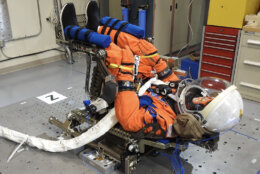
Thursday is St. Patrick’s Day, of course. But it’s also a big day for space exploration — and what could be the first step toward returning humans to the moon.
No matter where you are at 5 p.m. Thursday, make sure you tune in to NASA TV to watch the live rollout of NASA’s Artemis I Mission Moon Rocket.
Not since the days of the Apollo program has the world seen such a large rocket destined to go to the moon being moved at Kennedy Space Center.
Artemis is NASA’s plan to return humans to the moon — and stay this time.
In preparation for the eventual launch of Artemis I, NASA is rolling out its first Space Launch System (SLS) rocket carrying an Orion spacecraft from the cavernous Vehicle Assembly Building (VAB). That’s where the core stage, two solid rocket boosters (SRBs), a second stage rocket, Orion, and the Orion’s Launch Abort System (LAS) were assembled into a 322-foot stack.
This has been a months-long task carried out during the COVID-19 pandemic. It required a detailed step-by-step process followed by inspections and tests. During previous media teleconferences, NASA officials have emphasized that, since this is the first time an SLS-Orion stack has been assembled, it has been a very slow and deliberate evolution.
Artemis I will test the SLS, Orion and Kennedy Space Center hardware, NASA’s supporting facilities and the large human element dedicated to the effort.
The Artemis I SLS and Orion will also be outfitted with an extensive suite of sensors to compile data on the performance and flight of the hardware. Orion will also carry “Moonikin,” a suited manikin outfitted with sensors to provide data on what crew members may experience in flight.
The 21.5 million-pound Artemis I stack will roll out from the VAB attached to its mobile launcher and carried by the venerable (and refurbished) crawler-transporter 2. NASA expects it to take somewhere between six and 12 hours to cover the 4.2 miles between the VAB and Launch Complex 39B at a whopping top speed of 0.83 mph. The roadway used for such a large load, which will eventually become even larger at 25.5 million pounds, is quite unusual, as it is made of river rocks from Alabama.
As stated by NASA, “approximately two weeks after arrival at 39B, our launch teams will conduct a “wet dress rehearsal,” a final prelaunch test that includes loading the large, central core stage of the rocket with liquid oxygen and liquid hydrogen — that’s the “wet” part — and a mock countdown to launch.”
In December 2014 NASA successfully launched and recovered an Orion spacecraft. But Artemis I will be another uncrewed test flight involving a myriad of engines and motors
NASA invites the public to virtually participate in Artemis I. You can also send your name to the moon on Artemis I, but you have to do so soon, as Artemis I is currently scheduled for launch no earlier than May 2022.
Check back this Sunday for my “Spring Has Sprung Special” that will highlight star parties and astronomy events coming up.
Follow my Twitter @SkyGuyinVA and daily blog to keep up with the latest news in astronomy and space exploration. You can email me at skyguyinva@gmail.com.







